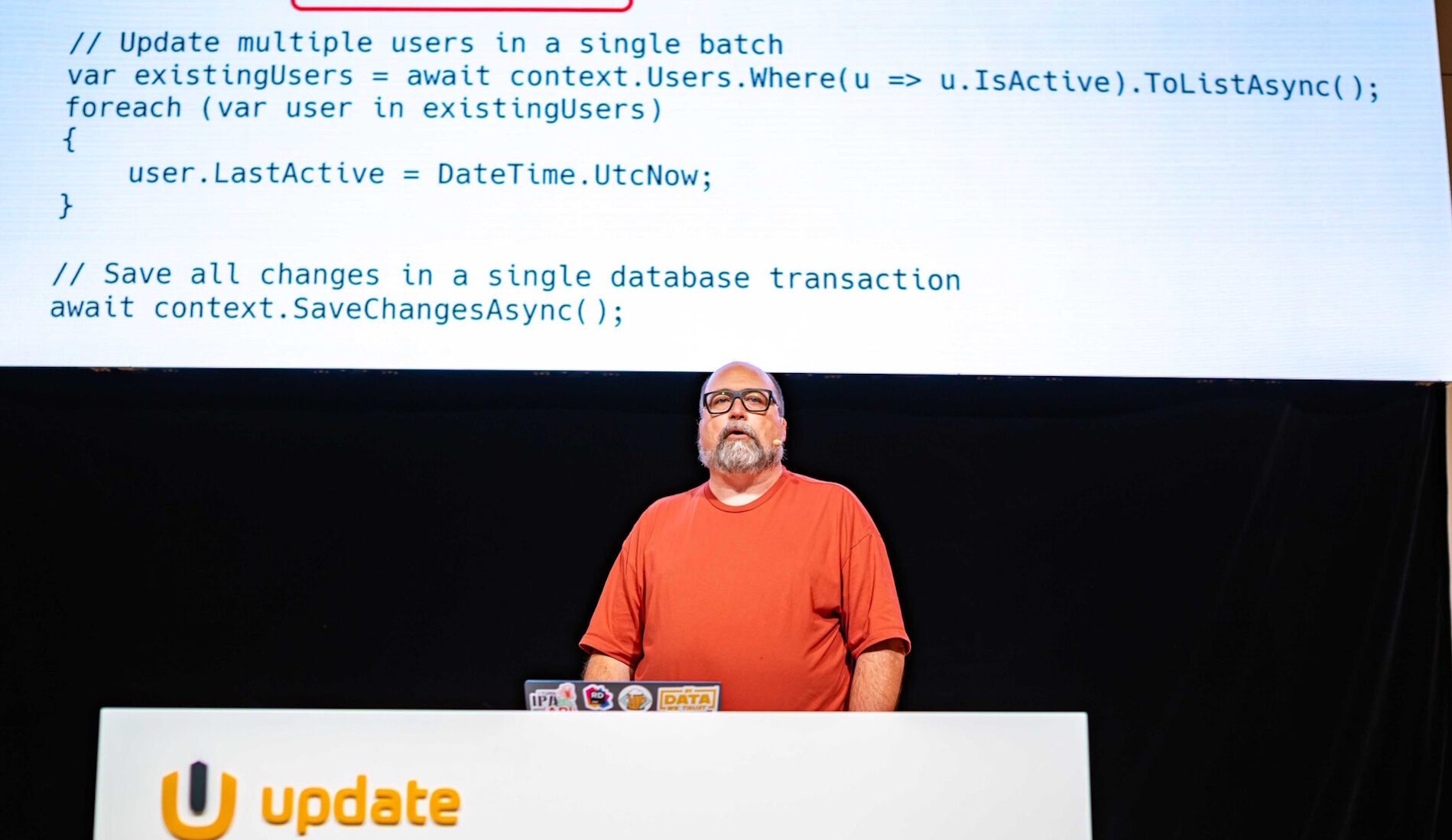We’ve all been there. You’re coding away, and suddenly you reuse a variable name without realizing it. If you’re a C# developer, your brain probably triggers a warning alarm, screaming something like, “Hey, buddy! You’ve already used that name!” But guess what? In Rust, this is not only allowed but also encouraged, and it even has a cool name: shadowing.
So what exactly is shadowing, and why does Rust promote it? Let’s dive in and explore how this stylish redeclaration trick differs from what we’re used to in C#.
Shadowing 101
Shadowing is simply declaring a new variable with the same name as an existing one. It sounds unusual at first, especially given the strict scoping rules of C#. But trust me, once you get the hang of it, it’s a neat feature that can lead to cleaner and safer code.
Check out this simple example in Rust:
fn main() {
let x = 5;
let x = x + 1; // shadows previous x
{
let x = x * 2; // shadows again in an inner scope
println!("Inner scope x: {}", x); // prints 12
}
println!("Outer scope x: {}", x); // prints 6
}
This snippet demonstrates that each new declaration of x doesn’t mutate the previous value. It creates a new binding altogether. The shadowed variables aren’t changed; they’re just hidden by the new declarations. Once the scope ends, the original variables re-emerge.
But How Does C# Handle This?
In C#, shadowing isn’t explicitly supported the same way. If you declare a variable with the same name within the same scope, you’ll get a compile-time error. Let’s quickly glance at how C# deals with similar situations:
void Method()
{
int x = 5;
// int x = x + 1; // Error: A local variable named 'x' is already defined
{
int x = 10; // This is allowed as it's a new scope
Console.WriteLine($"Inner scope x: {x}"); // prints 10
}
Console.WriteLine($"Outer scope x: {x}"); // prints 5
}
In C#, the new x in the inner scope hides the outer scope’s x. But you can’t redeclare x in the same scope.
Why Shadow in Rust?
Shadowing in Rust isn’t just syntactic sugar, and it’s genuinely helpful. Here are a few scenarios where shadowing shines:
- Transformations and Validations: Often, you might want to parse a string into a number or apply validation. Shadowing lets you reuse a descriptive variable name after transforming its value:
let input = "42";
let input: u32 = input.trim().parse().expect("Not a number!");
- Immutable by Default: Since variables are immutable by default in Rust, shadowing helps keep your code clean without explicitly using mutable variables. You can redeclare variables instead of mutating them, clearly signaling that each step is a separate operation.
Gotchas and Good Practices
Although shadowing is beneficial, it’s essential not to overdo it. Using shadowing excessively might make your code harder to read, so keep it clear and concise:
- Avoid Shadowing Across Large Scopes: Shadowing is most effective in close proximity. If your shadowed variables are too far apart, it might confuse readers (or future you).
- Clarity Is Key: Always shadow variables for clear transformations and not just to reuse names arbitrarily.
Wrapping It Up
Shadowing might seem odd at first, especially given our C# background, where each variable is assigned a unique identity within its scope. But once you get used to Rust’s elegant way of reusing variable names to express transformations clearly, it becomes second nature and might even become your style of choice.
Tomorrow, we’ll wrap up our journey through Rust’s ownership and borrowing concepts with a reflection on how these ideas have reshaped our coding approach. Prepare yourself, it’s going to be an insightful experience!

